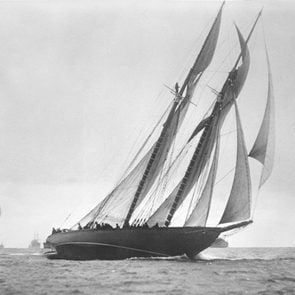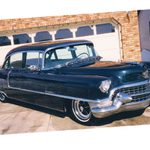Resurrecting the Fossmobile
In honour of the imaginative, resourceful bicycle mechanic who conceived, designed and built Canada's first successful gas-powered automobile.
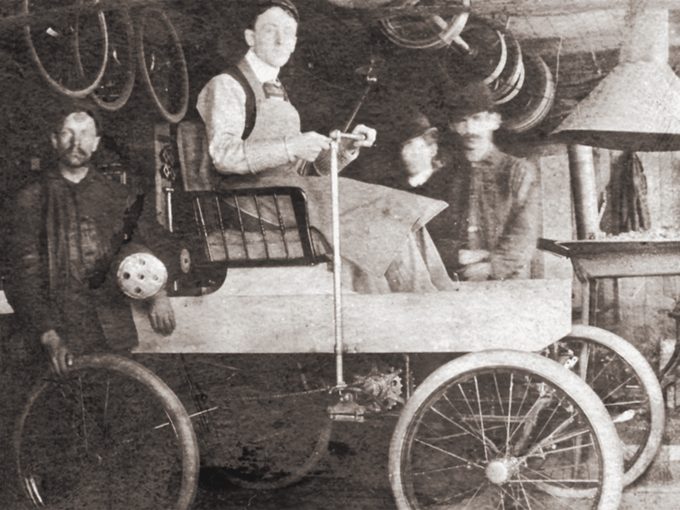
Remembering My Grandfather, George Foote Foss
As a young boy, growing up in Fort Chambly, Quebec, from time to time, I would hear stories of my grandfather George Foote Foss and his invention. I would overhear these stories as my father shared the details with friends and neighbours who were visiting our home. However, the stories that I most often heard came directly from my grandfather, as we visited him frequently. I recall fondly sitting on a footstool near his feet as he sat in his large, comfortable chair, recounting the steps he took in tinkering, planning and, ultimately, building a gasoline engine automobile, which was to be the first in Canada—later dubbed “the Fossmobile.”
In the early 1960s, when I was about seven years old, I recall that everyone around me was talking with a flurry of renewed interest about his accomplishment. It was then that he was presented with two honorary memberships: one from the Vintage Automobile Club of Montreal (VACM) and the second from the prestigious Antique Automobile Club of America (AACA). Only two Canadians have ever received this latter honour. The other Canadian to receive it was Colonel Robert Samuel McLaughlin, who started the McLaughlin Motor Car Company in 1907, one of the first major automobile manufacturers in Canada.
With these two initiatives, there came a swarm of media attention, and I can recall being shown newspaper clippings, many of which I still have in my possession today. Not only were there photos and articles written about his honorary memberships, but many of the local papers also reprinted his earlier writing of “The True Story of a Small Town Boy,” originally published in 1954 by The Sherbrooke Daily Record.
Having a relative with historical significance meant that most of his descendants have ended up using his Fossmobile story, and the various publications about its invention, as a topic for school projects. I recall doing precisely that in school, both of my two children did so as well, and just a year ago, my six-year-old granddaughter did a show-and-tell at school about her great-great-grandfather’s invention.
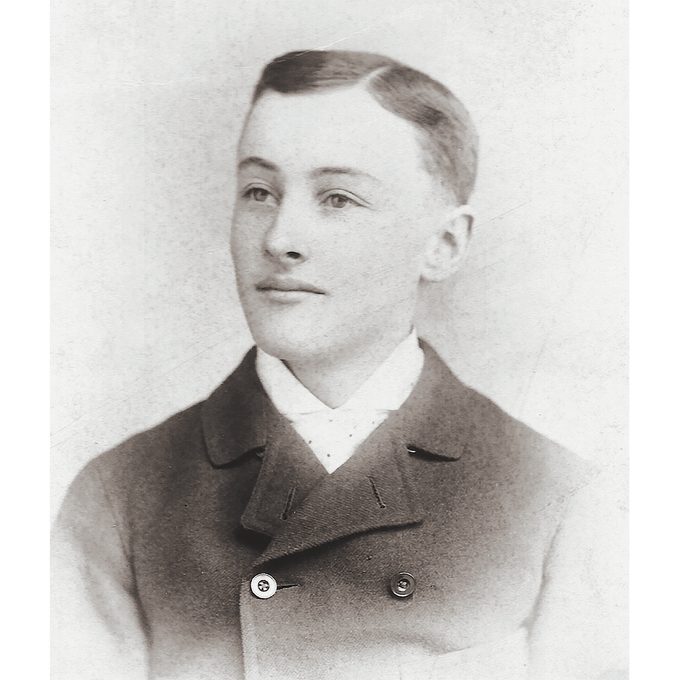
Completing the Fossmobile
George Foote Foss (September 30, 1876-November 23, 1968) was a mechanic, blacksmith, bicycle repairman and inventor from Sherbrooke, Quebec. It was in early 1896, during a trip to Boston to buy a turret lathe for his expanding machine shop, that my grandfather saw his first automobiles. These cars, electrically driven broughams, were rented out for $4 an hour. He paid the fee to have a ride, but unfortunately, after a ride of only half an hour, the batteries died. Returning to Sherbrooke, he decided to build an automobile that would address this problem.
And so during the winter of 1896, he developed a four-horsepower, single-cylinder gasoline-powered automobile. In the spring of 1897, he completed the Fossmobile and it became the first successful gasoline-powered automobile to be built in Canada.
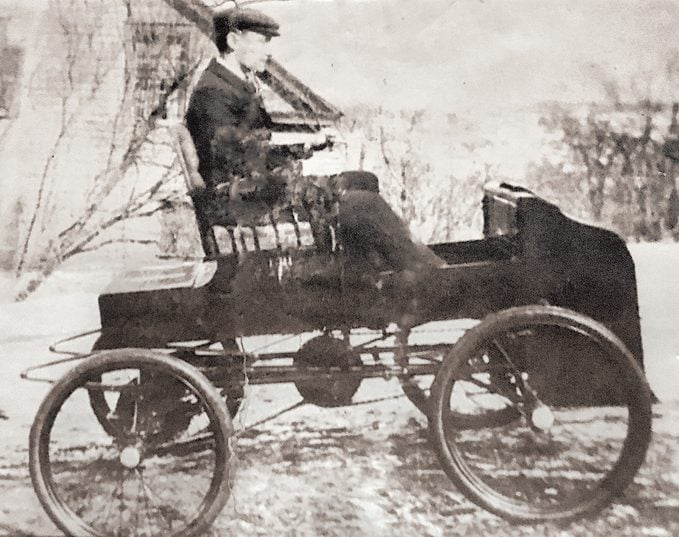
Saying “No Thanks” to Henry Ford
My grandfather drove his car in and around Sherbrooke for four years. He later moved to Montreal, where the car sat idle for a year before he sold it for $75 in 1902. He had previously turned down an offer to partner with Henry Ford who went on to form the Ford Motor Company. He turned down the offer, as he believed Ford’s Quadricycle vehicle to be inferior to the Fossmobile. He also turned down financial backing to mass-produce the Fossmobile, citing his inexperience to do so, as he was only 21 years old at the time.
I am often asked if I know if my grandfather had any regrets about not partnering with Ford or not mass-producing his invention. From everything I recall hearing him say, he had no regrets. He enjoyed a simple life, and I heard him say on more than one occasion, “You don’t live a long life with the stresses of running a big business.” He passed away at age 92, so perhaps his theory was right, at least for him.
Recently, I reopened the Foss family archives to better understand and accurately document my grandfather’s remarkable accomplishment. My objective has been to find ways to share this historic Canadian event with automotive enthusiasts, historians and future generations of Canadians. To this end, I have established Fossmobile Enterprises, as a means to build networks, foster collaboration and share important historical memorabilia.
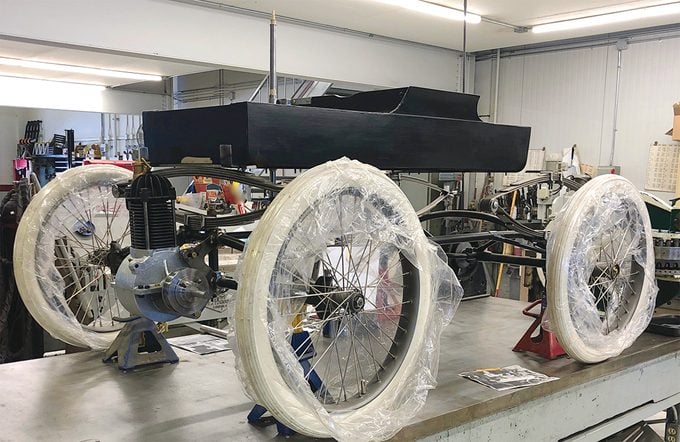
A Tribute Fossmobile
As George Foss’s grandson, I have talked with some visionaries and I am seeking the help of other potential experts in vintage automobile restoration for a very special project. The goal is to use reverse engineering (the reproduction of an inventor or manufacturer’s product) to create a Tribute Automobile, emulating as closely as possible the specifications of George Foss’s invention of the first gasoline-powered automobile built in Canada: the Fossmobile. There are no original drawings, so the Tribute Automobile will have to be based solely on detailed scrutiny of original Fossmobile photos.
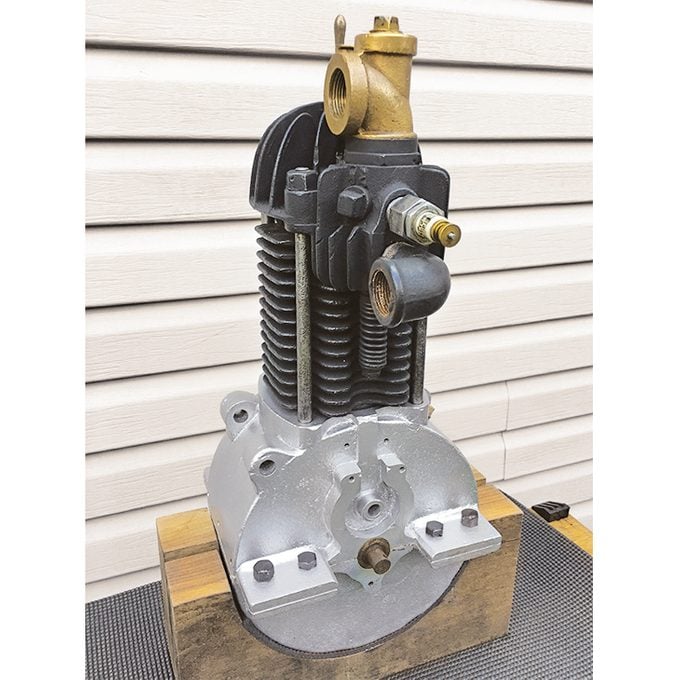
I began the process of acquiring vintage parts from the era, with the hope of building this automobile, replicating parts only when it was absolutely necessary. I have provided hands-on oversight for this process, collaborating with historians and experts. We have found and fully restored an engine, a chassis, wheels and a period-correct wood body. Custom woodworking has been completed for the seat and engine cowl. Additionally, mechanical fabrication was needed for the steering tiller and the chain-driven sprockets. With every step the journey has been well documented, ensuring attention to the smallest of details.
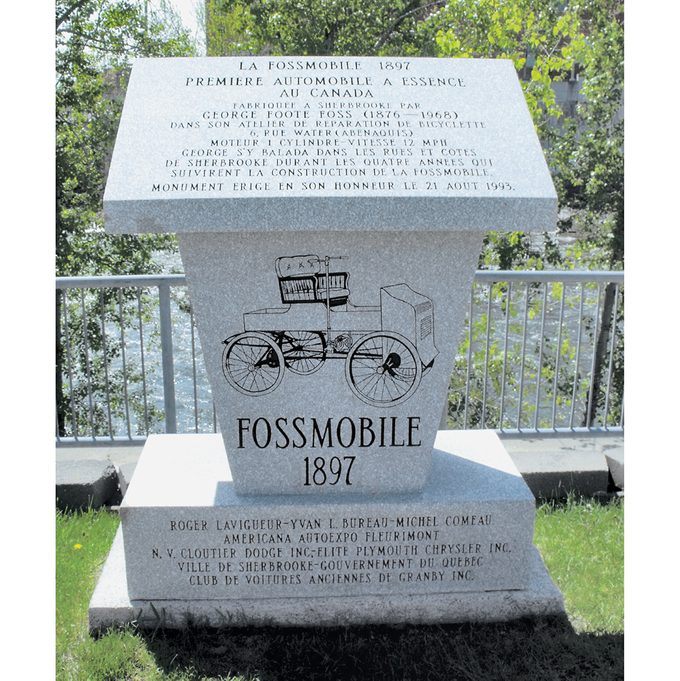
The plan is to honour my grandfather’s legacy and bring to greater light this significant chapter of Canadian automotive history. All original photos, journals and related documents have been donated to Library and Archives Canada. Upon its completion, this tribute Fossmobile will be a tangible embodiment of the first gasoline automobile built in Canada. It will eventually be donated to the Canadian Automotive Museum to enhance historic education for current and future Canadians.
Discover 20 mind-blowing artifacts you’ll find in Canadian museums.
